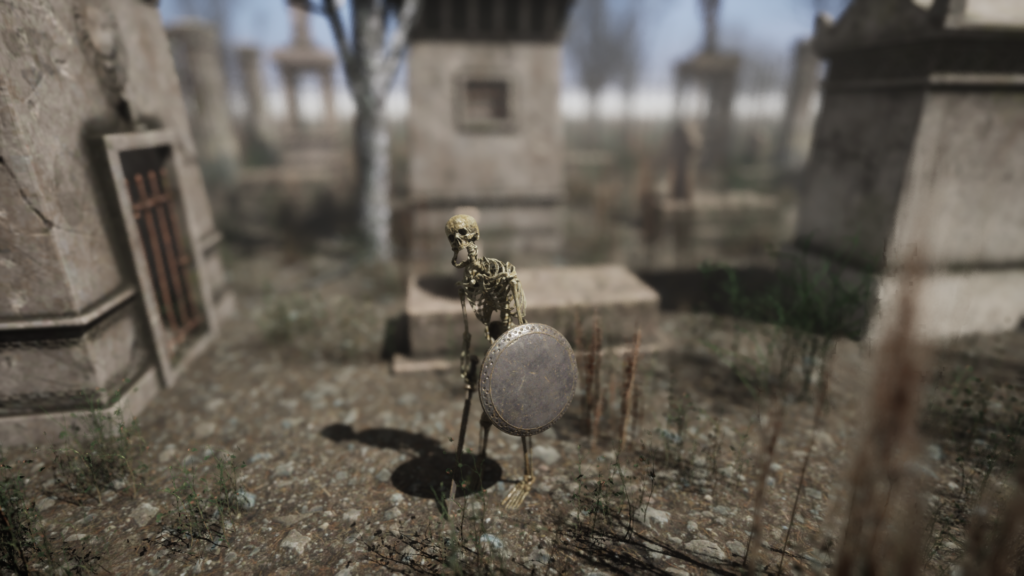This is the complete list of features currently available in Yag.
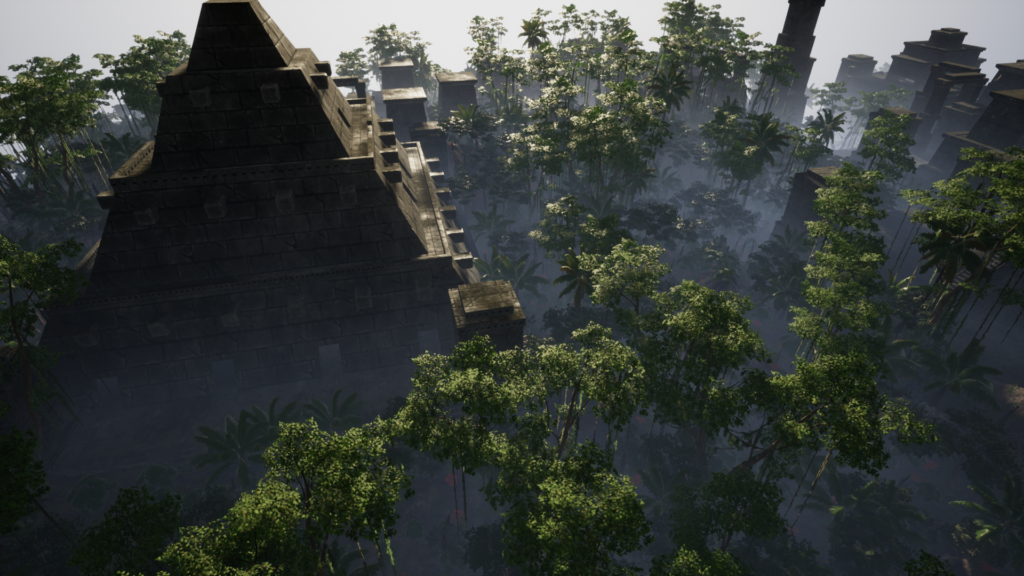
Network
- Up to 8 steam players can share a Yag session
- Easy to use UI to create/close a server (server is password protected)
- Two ways of joining a Yag session:
- Searching for a server (password will be required)
- Steam friends can be invited in a Yag session by anyone already connected (no password required)
- List of currently connected players with their status (server/client)
- IMPORTANT: Yag is entirely silent, no sound, and you’ll have to use a 3rd party program to talk with your friends (discord, teamspeak, steam, etc.)
Automation through embedded LUA scripting
- Character sheets customization
- Dice behavior modification (keep high/low, exploding…)
- rRulesets
- Generally anything that can be done with a script
- The detailed documentation about the lua api is available on the documentation page.
Web server
- Embedded web server allowing the creation of mini web sites for your campaigns (rules, pictures, etc.)
- Http rest api to drive some features through a web browser.
- The detailed documentation for the http rest api is available on the documentation page.
Modules management
- Everything necessary to a scenario/campaign (saves, dungeons, pawns, scennes, character sheets, LUA rulesets, custom dice, etc.) can be saved in a single zip file called a module, allowing simple sharing and distribution.
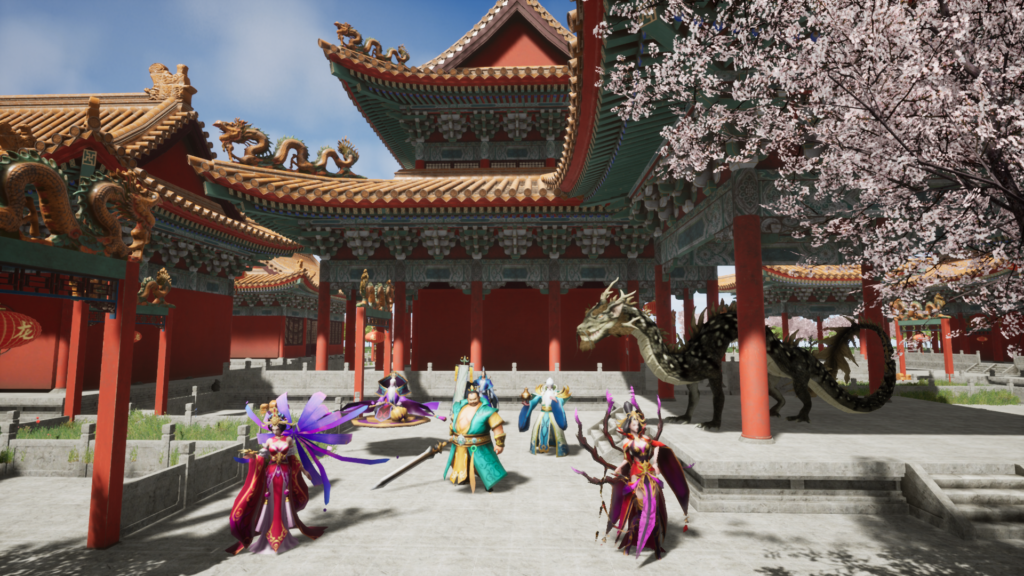
Content
- A ton of free content (thousands of miniatures) spanning various universes:
- Prehistory
- Antiquity
- Medieval
- Medieval Fantastic
- Medieval Asian
- Pirates
- Western
- Modern
- Post Apocalyptic
- Cyberpunk
- Steampunk
- Science Fiction
- Toon style
- Content is managed though free DLCs so you can install what you need.
- Access the dlcs in the get it page.
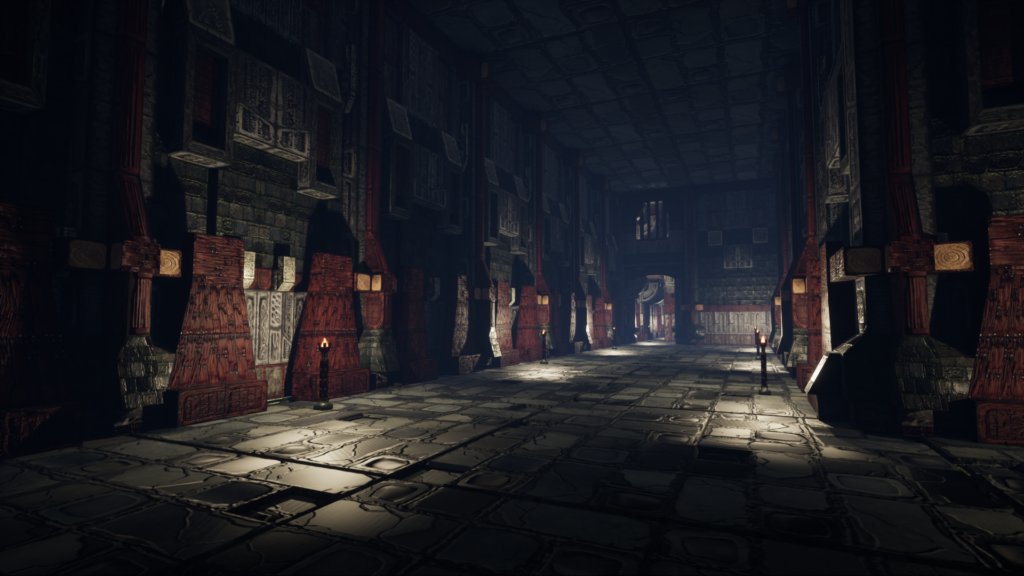
Terrains
- Voxel generated terrains.
- Terrains can be generated procedurally through a lot of exposed parameters.
- Lots of presets for instant creation.
- Terrains can be sculpted and painted in real time
- 4 types of foliage:
- large plants like tree
- medium plants like bushes
- small plants like grass
- others (can be anything)
- Density can be set manually for each type.
- Terrain colors can be set manually (grass, sand, desert, snow, etc.)
- Brushes can be used:
- for sculpting: create a moutain, a lake or any shape in one click
- for painting: paint any shape in one click
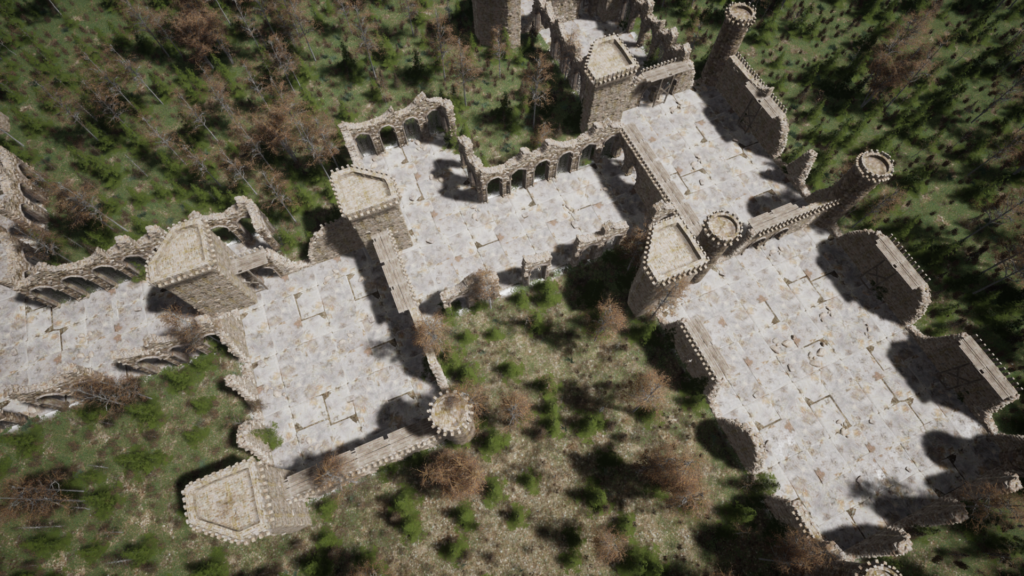
Dungeons (= actual dungeons, villages, cities, bases, lairs, etc.)
- Procedural dungeons randomly generated with a seed and many parameters
- Lots of presets for instant creation
- Hand crafted dungeons (Yag proposes a mini dungeon editor to build your dungeons)
- Dungeons can be generated procedurally, or hand crafted from scratch, or a mix of both.
- Many different themes to apply to dungeons.
- By varying the seed, themes, and many other parameters, you can get an infinity of different dungeons
- The settings of any dungeon can be saved independently in csv format (the separator can be modified) to be reused in any other save.
- A fog of war can be applied on dungeons.
Scene
- Realistic parametrized atmosphere allowing to change the color of the sky and many other options
- Parametrized fog
- 3D clouds
- Various sky textures (aliens skies, etc.)
- Time of the day can be set manually, the sun moves in the sky with dynamic lighting and shadows
- Weather effects (leaves, rain, snow, hail, blizzard, lightning storm…)
- Dynamic compass (north direction can be modified at will)
- Hundreds of post processing effects and color filters
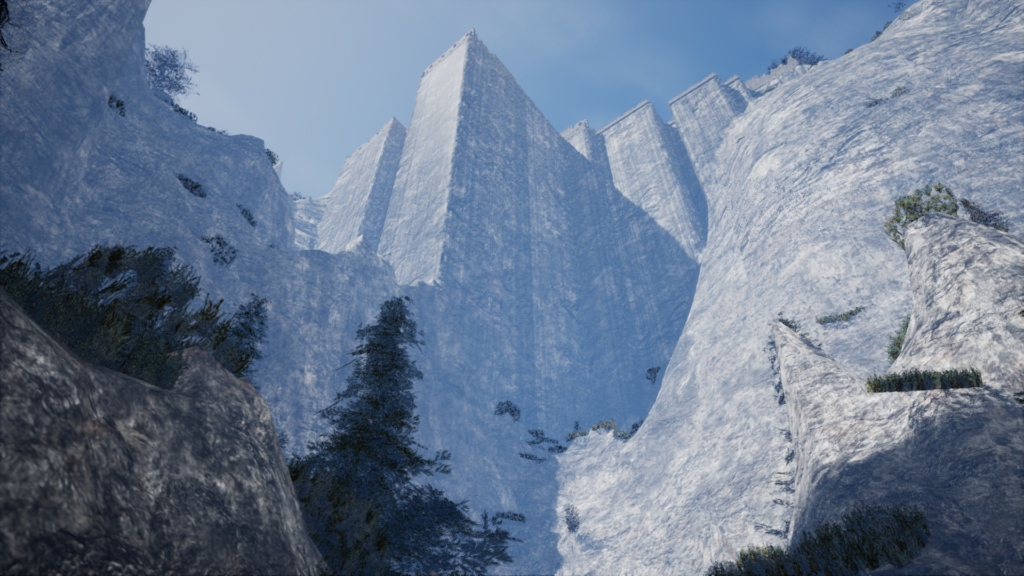
Construction tools
- Splines: a powerful building tool that allows to put 3D models along a line driven by control points. Allows the creation of roads, walls, bridges, lines of decorating objects, etc.
Lighting
- Ligthts are all parametrized
- Scene lights (sun, ambient light)
- Decoration lights (fire, dungeon lights)
- Vehicule lights (road lights)
- Pawn lights (hand torches, flashlights, etc.)
- The main available lights options are:
- color
- radius
- intensity
- falloff profile
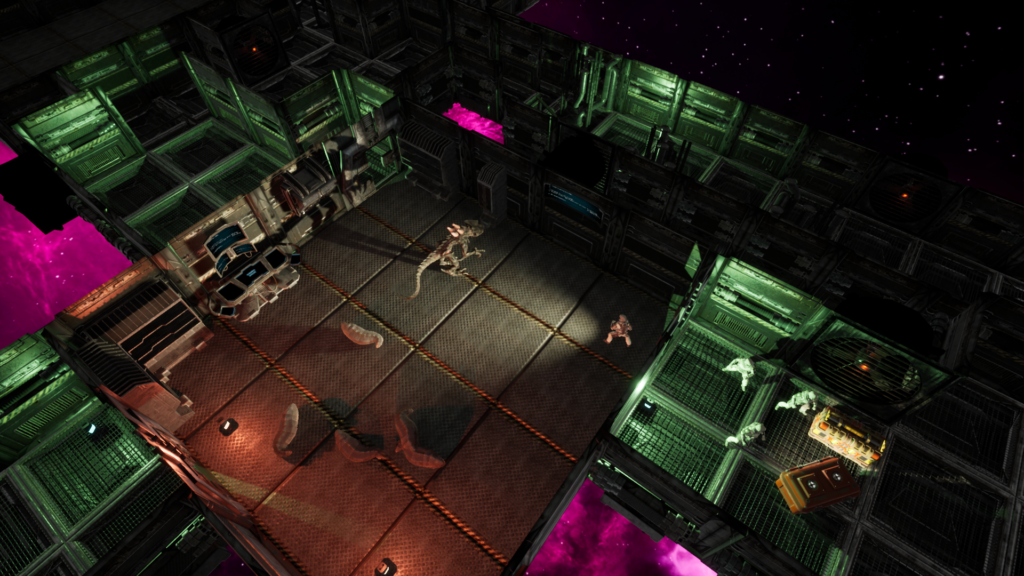
Pawns
- Thousands of 3D miniatures for characters, creatures, objects, weapons, special effects
- Characters and creatures are all animated
- Pawns can be selected individually with a click, or as a group, using a selection tool.
- All actions (copy-paste, delete, equip weapons, move, mount/dismount, rescale, etc.) are always performed on every selected pawns, allowing fast preparation/modification even for large groups of pawns.
- All miniatures can be rescaled
- All miniatures have their own health and initiative (independently of their assigned character sheet if any)
- All characters (humanoid species) share the following animations: idle/run/idle fly/move fly/various attacks/death
- All creatures (animals/monsters) have their own set of animations (idle/run/death/attack). Fly anim is available when making sense (winged creatures)
- Characters can be equipped (left hand / right hand) with hundreds of weapons/tools/spells
- Characters can be equipped with light sources (torch, candles…) providing dynamic lighting and shadows
- Attack animations are chosen depending on the type of weapon equipped in which hand (ex: sword in RH => 1H sword anim, sword in LH => 2H sword anim, bow in LH => bow anim, spell in any hand => spell anim, etc.)
- Each equipped weapon can be rescaled while in hand
- Any character (humanoid species) can ride any creature (animal/monster/non humanoid species)
- Miniatures and groups of miniatures are created/duplicated with a copy-paste mechanism (Ctrl-C/Ctrl-V) so creating large groups is fast and easy
- Pawn can be made invisible to other players: only you and the Dungeon Master will see them (DM sees everything), with an icon above their head indicating they are invisible to others. This serves two purposes:
- The Dungeon Master can manage his/her pawns without players knowing
- Stealth and invisibility spells can be handled
- Pawns can have their speed modified (haste/slow spells…)
- Any player can attach itself to any pawn (and will follow the pawn when it is moved)
- It is possible to have a 1rst person view for every pawn (characters and creatures) for role play and immersion
- Pawns can be controlled (1st and 3rd person) with a generic gamepad
- Pawns can be made unclickable/unselectable (useful to avoid accident click, for example on maps/boats/bridges/trees/houses). An admin mode allows to bypass this feature and make them selectable again.
- Video cameras can be assigned to pawns
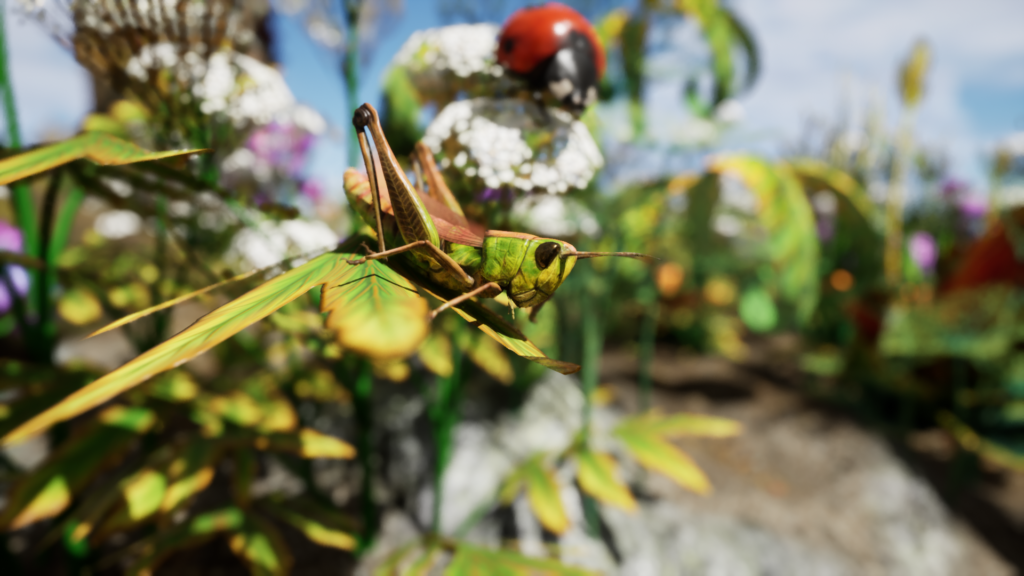
Special effects
- Various animated effects (fires, spells) that can be equipped in hand or used as independent pawns
Objects pawns
- Thousands of non animated objects (houses, trees, rocks, boats, bridges, chests, statues, etc.) that can be used as pawns
- Those objects are like the other pawns, they have their health (for example to count when a building is destroyed)
Internet pawns
- A special type of pawn that can be applied a picture from the internet (must be a public URL, Yag doesn’t handle authentication)
- Those textured rectangular assets can be rescaled to become a pawn, a poster or a map of any size.
- This allows to import and play with any picture/map from the net (all miniatures can walk on those maps)
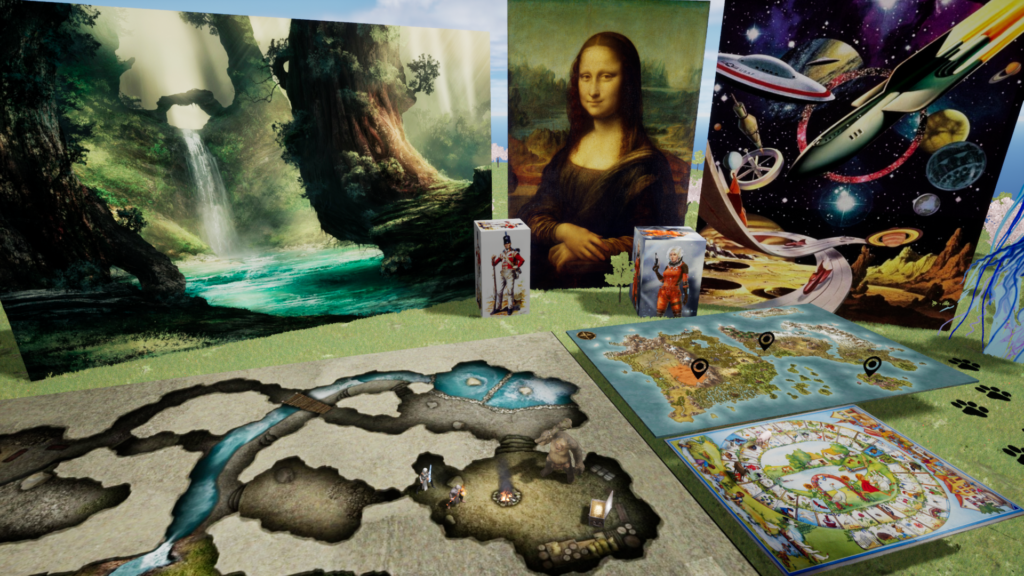
Journal
- A public log journal that display dice results and various messages (game, system, errors, players connection/disconnection…)
- The journal supports colored texts for better visibility
Dice
- Fully modeled 3D rpg dice (d4, d6, d8, d10, d12, d20) that roll following the laws of physics
- Non standard dice (d2, d3, d14, d23, d100…) can be used in formulas but will merely generate a random number
- After each roll, 3D dice are read, summed, and displayed publicly in the journal for everyone to see
- 3 sets of dice are proposed with 3 different easily distinguishable colors (black, white, wood)
- The sequence of color can be chosen (for example you can roll 2 white dice and then a black one)
- It is possible to roll private dice that only you will see
- Dice are fully customizable
- Faces can be modified by using black and white textures as masks (alpha channel). Templates are provided for a very easy creation process.
- Values (computed and displayed) can be modified with a simple text file
- Custom textures and text files must have predefined names and be located in a predefined Yag directory
- Each layer can have a different customization (for example the Dungeon Master can play with different dice)
- Once prepared, you can change your set of dice in a click (allowing to have different sets of dice for different situations/states)
- Dice rolls can be automatized with simple formulas:
- 3d6+2: roll 3d6 and add 2
- 3d6h2: roll 3d6 and keep the highest 2
- 3d6l2: roll 3d6 and keep the lowest 2
- 2d12h1 – 3d4 + 1d27 +4: roll 2d12 and keep the highest, roll 3d4 and subtract the result, take a random number up to 27 and add it, add 4. (In this formula, d12 and d4 will roll, d27 will just generate a random number)
- Dice formulas can be used in the dedicated dice panel (for single rolls) or in character sheets (for frequent rolls)
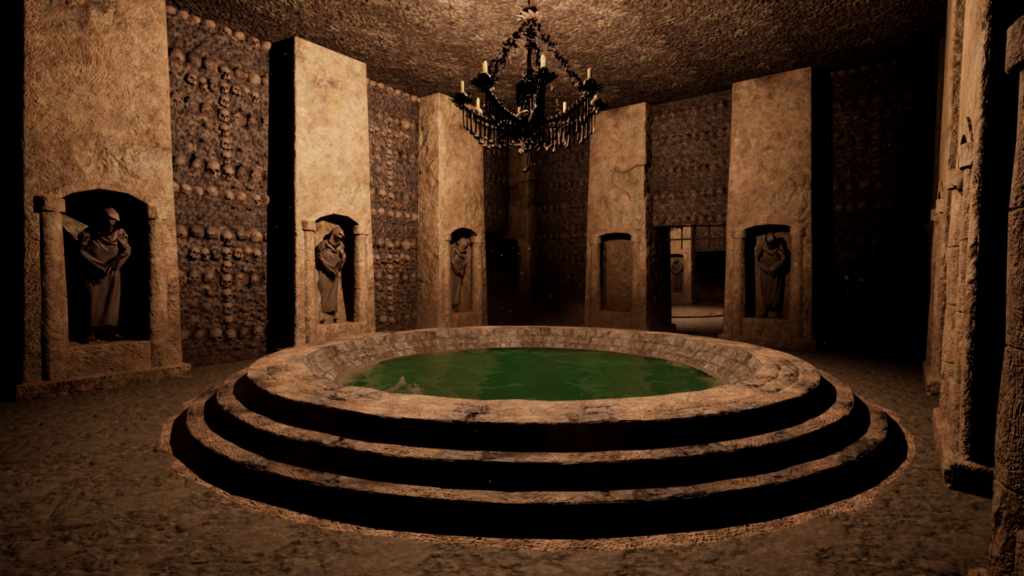
Character sheets
- Character sheets can be managed two ways:
- as a simple collection of lines containing various fields
- as a graphical asset: each line can become a label that can be superimposed on a picture -png/jpg/bmp- of the empty character sheet.
- Two-field = following the logic of “test and result” (most often: “hit and damage”)
- Labels are only used to sort the lines
- A template CS can be created and used to quickly create a usable CS for your game
- Character sheets can be public (visible by everyone) or belong to a player (visible only by the owner and the dungeon master)
- Character sheets have an option to be transported from save to save: you can load a different scene and keep the important CS (mostly the heroes group) in the new scene.
- Character sheets can be saved independently in csv format (the separator can be modified) to be reused in any other save.
- Character sheets can be exported/imported in csv format (the separator can be modified) to be modified in a 3rd party application (like Excel or Google Sheets)
- Character sheets are entirely independent of miniatures:
- You can create a CS with no miniature associated
- You can spawn a miniature with no CS (it will only have a health and initiative)
- You can create a CS with any number of miniatures associated
- So it is possible to create a CS named “monsters” and associate many different monsters to it. They will share all their automated dice rolls (attacks, skills, abilities) but will still have their own private health and initiative.
Round management
- All pawns (characters/creatures/objects) acting in the current round can be sorted and displayed according to their initiatives.
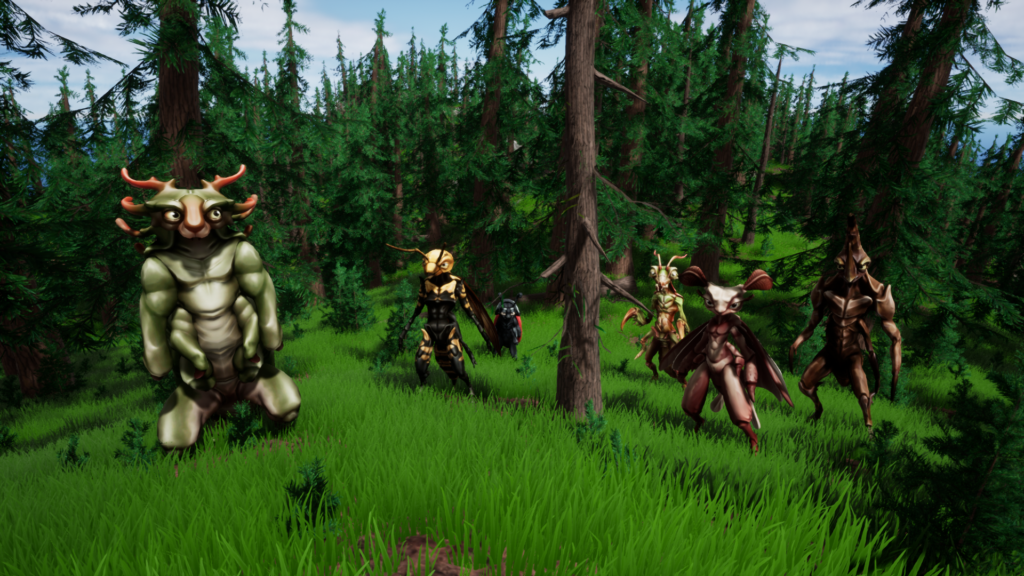
Player options
- Keyboard layout: you can choose between azerty and qwerty keyboard layouts
- Distance units: you can choose to display all length/distances in Meters or Feet.
- Dungeon Master:
- The DM sees everything (all character sheets, all miniatures)
- The DM can hide pawns from all players (even create invisible pawns by default, so situations can be prepared without the players noticing)
- 1rst and 3rd person view: you can choose between a 3rd person view (RTS style) or a 1rst person view
- 1rst person can be used for immersion/role play
- 3rd person can be used to get a general view of a scene
- A square/hexagonal grid of variable size can be displayed to measure distances
- 2 dedicated tools (2D and 3D) are available to display the distance between any select pawn and the mouse cursor.
- Visual options (depth of field and other photographic options).
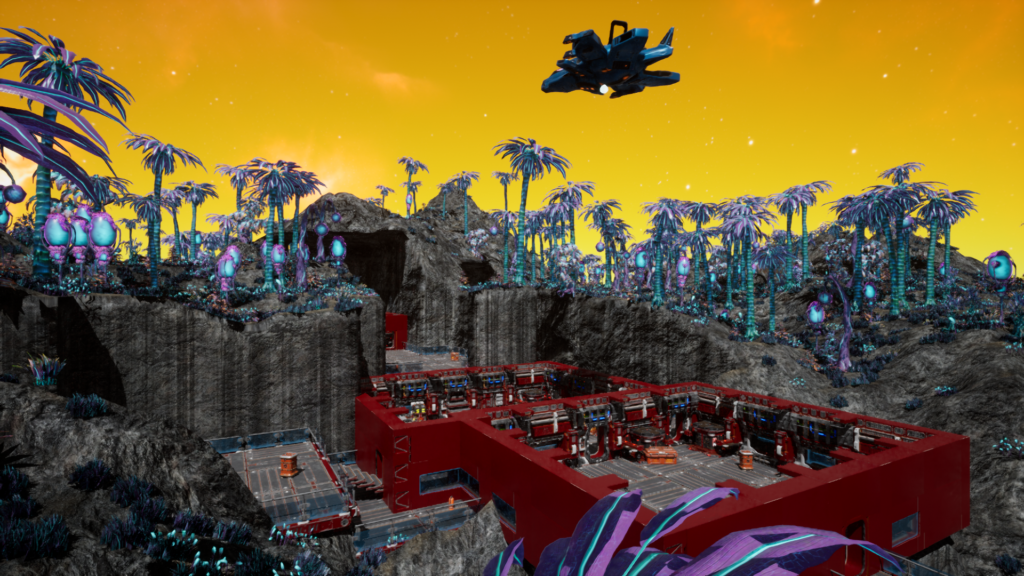
Saves
- Yag offers various ways of saving your settings:
- Full binary save: a save that contains everything (scene + miniatures + character sheets) in a small binary format
- A full binary save is automatically made every 5 minutes and Yag keeps the last 4 auto saves
- A full binary save can be made manually with a custom name
- Scene save: the settings of you current scene can be saved in csv format (modifiable separator), independently of the full binary save
- Character sheets save: any/all character sheet(s) can exported in csv format (modifiable separator) independently of the full binary save
- Local parameter saves: all your local parameters (keyboard layout, distances unit, visual options, being Dungeon Master or not, grid options, dice options, and many others) are automatically saved in csv format every 5 minutes, so Yag will remember your personal settings at the next launch.
- Full binary save: a save that contains everything (scene + miniatures + character sheets) in a small binary format
- All the saves are stored and organized in the Yag working directory, generally “<My Documents>\My Games\Yag”
- Please note that during a session, only the server is allowed to perform a full binary save. Clients can only save character sheets and dungeons parameters in csv format.
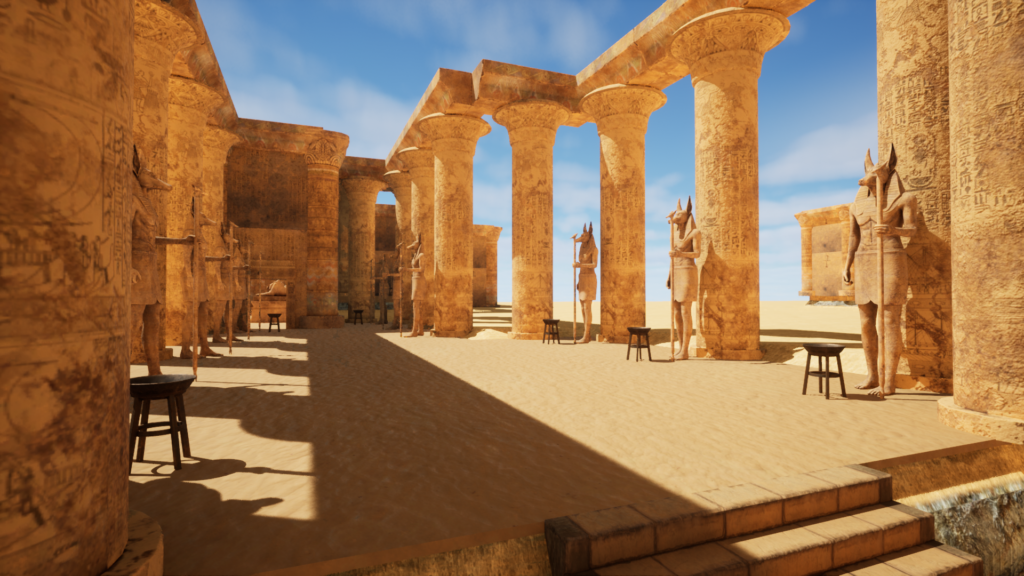
Help
- Yag is very rich and complexe and comes with many ways to get help:
- Tooltips everywhere
- Detailed internal pdf documentation
- A HUD displaying real time useful info
- Ingame real time help displaying the available actions/commands in the current context
- Ingame help panel containing a virtual clickable keyboard to quickly retrieve any key you need and a searchable help that explains many mechanisms in Yag.
- Youtube tutorial playlist
- Usual ways to ask questions (Discord, forum, email)
What Yag does not have
- Sounds: Yag is entirely silent
- Chat features: you have to use a 3rd party program like Discord, Teamspeak or Steam to communicate with your friends
